Plants you can’t kill: the best bulletproof gardening plants
 Lee Burkhill: Award Winning Designer & BBC 1's Garden Rescue Presenters Official Blog
Lee Burkhill: Award Winning Designer & BBC 1's Garden Rescue Presenters Official Blog

It can be highly frustrating when trying to create a garden when the plants you choose struggle, look limp or fail to live up to your expectations. We have all been there trying to grow plants that no matter how much love we give them, they struggle for a while and then end up dying. This is where plants you can't kill come in!
Whilst all plants need water, food and the right conditions, some plants are far hardier than others. Once established (the process of watering them until they send out further roots and are self-sufficient) these indestructible plants will flower, provide interest and allow you to focus your time on other parts of gardening (maybe learning how to grow fruit for example or pruning topiary!).
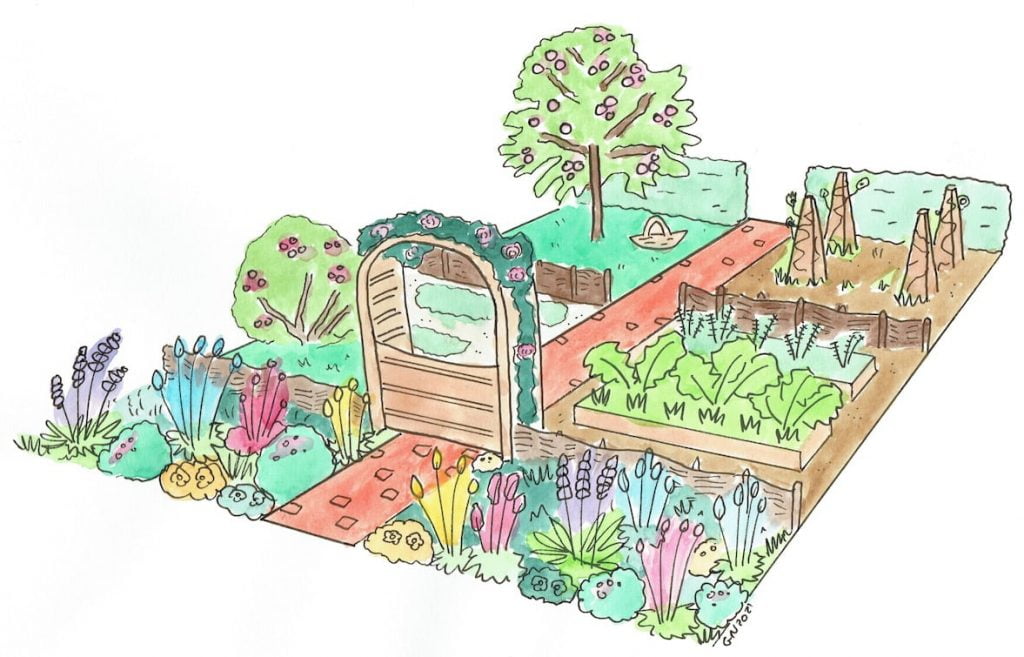
Buying and growing plants can be an expensive hobby, and the more we fail to grow the more disappointed and disenfranchised we can become with our gardens. This guide will help you grow a set of near-indestructible garden plants you can't kill, to boost your confidence and allow you to excel in becoming a successful gardener.
This page contains affiliate links for products I use and love. If you take action (i.e. subscribe, make a purchase) after clicking a link, I may earn some gardening commission which helps me keep the Garden Ninja Blog free for all.
The ultimate no-fuss plant that can't be killed herbaceous perennial is Alchemilla. This wonder plant has limey green leaves, that bead water once it's rained. They have acid-yellow flowers in summer and if left will self-seed everywhere. Great for poor soil, rockeries or unloved shady spots. Slug proof too!
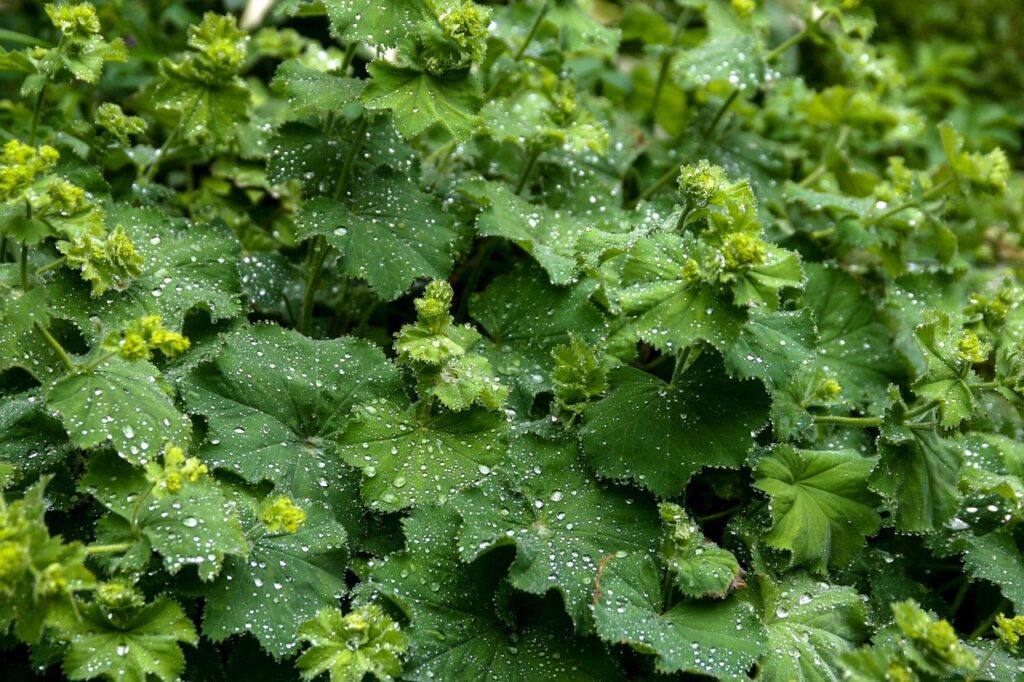
If you're looking for a shrub that can cope with severe neglect, exposure to high winds and something that deters burglars then look no further than Berberis. Thorny, with bright red or orange fruits in Autumn this no-nonsense shrub once established will sit and keep to itself.
It will need occasional pruning whilst wearing very thick gloves like Gold Leaf gauntlets but it's a great shrub once established. Wonderful as a boundary hedge to put off burglars and trespassers too! No fussy about the soil type and can cope with shade too.
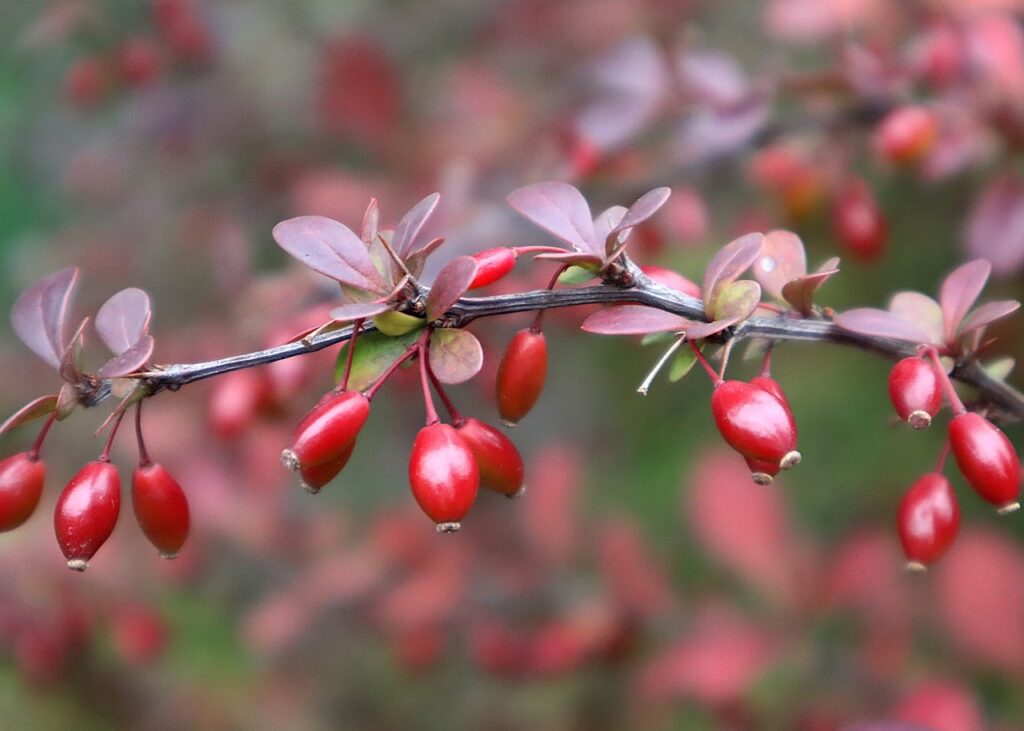
Hardy Geraniums like Cranesbill, Pratense or Rozanne are the troopers of the ground cover which require pretty much no maintenance once established. In fact, they will soon bulk up and spill out flowering for seemingly months at a time. Meaning you can then split them in years to come and propagate more of them for free via divisions!
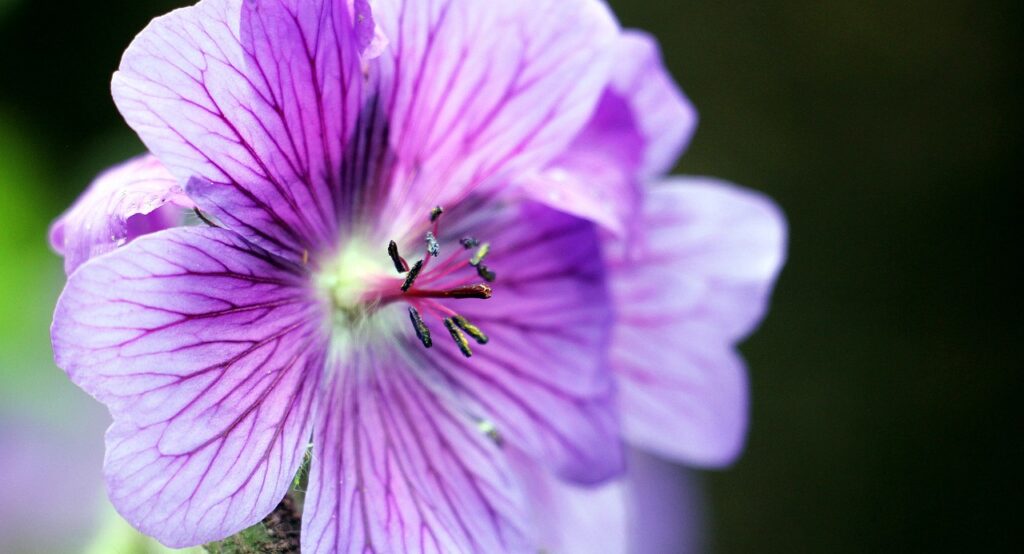
A great tip is to buy them as plug plants cheaply and then let them bulk up after two or three years. Plug plants require less water and maintenance, so it's win-win!
Did you know that you can take my course and learn how to become a Garden Ninja yourself? Click here for details
This grass-like plant is one of the least demanding foliage plants. Nearly all Carex are evergreen and once in they sit there quite patiently taking up their space without taking over or causing any drama. A great front or edge of the border plant the leaves offer texture and even in winter months they provide interest.
Carex 'Everest' offers green and white variegation which works well to brighten shady spots or bring contrast to containers, pots or hanging baskets. Carex pendula is great for damp or boggy soil and can happily bulk up a space that other plants won't grow in.
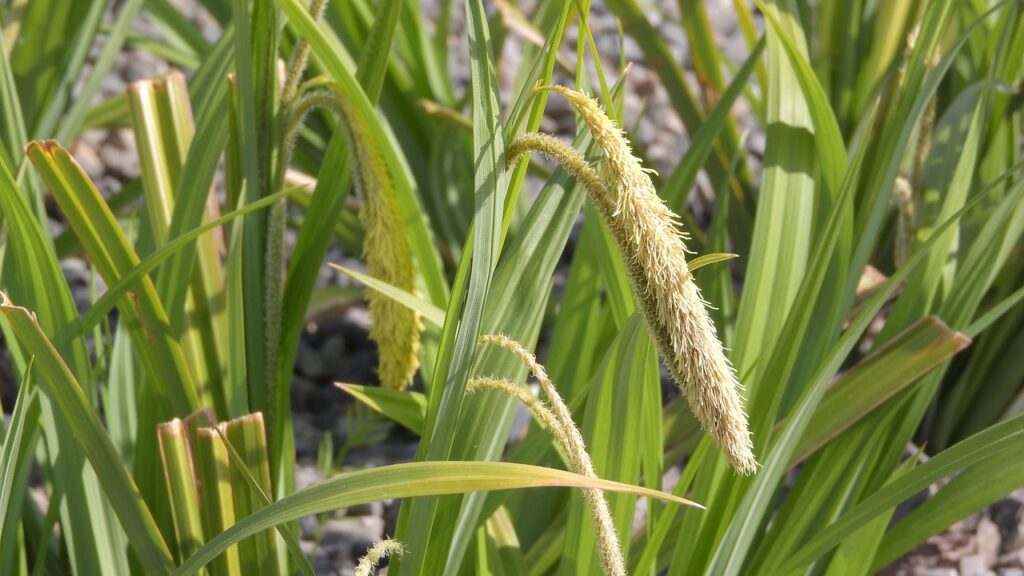
Dubbed the car park shrub this plant, Bracchyglottis, has a bad reputation for no good reason. It's been a victim of its own success. It will survive pretty much anywhere with zero attention, hence the car park shrub moniker! This silver-leaved shrub has electric yellow flowers and is a great filler plant for any garden. Will grow pretty much anywhere and can be used to brighten up awkward dull parts of the garden.
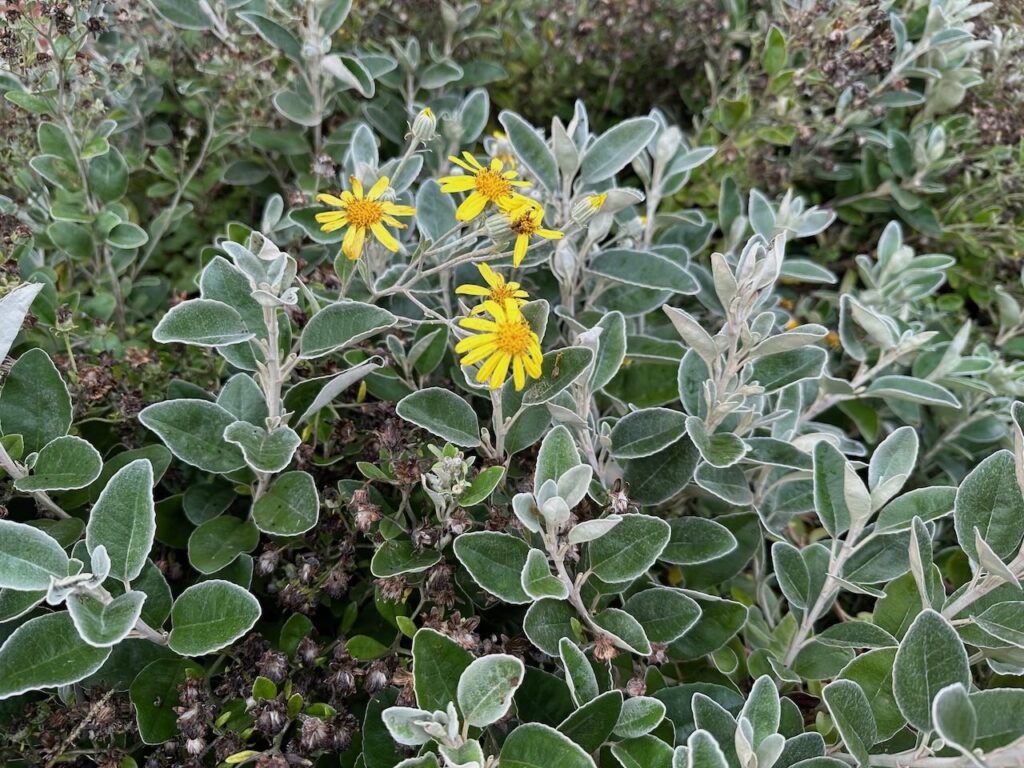
What if I told you there's a plant that will thrive in dry shade and literally requires zero maintenance? Well its Galium odoratum or Sweet Woodruff. It will creep and cover large areas once established and rewards you with dainty white flowers from May to June.
Highly scented and often used in infusions this perennial herb is a wonder plant for awkward spots. It does spread rapidly but that's just part of its charm if you're a relaxed and somewhat lazy gardener!
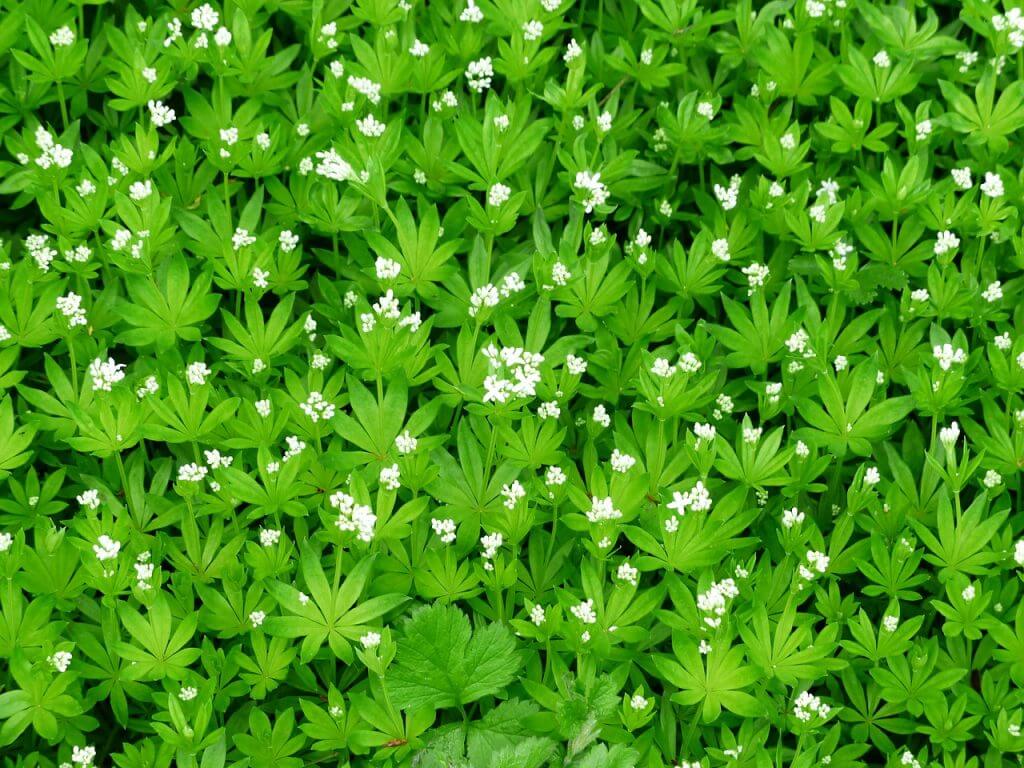
Ophiopogon (what a tongue twister of a name) is another drama free plant that can't be killed. This black grass-looking specimen isn't grass at all but was part of the Lily family. Related to day Lillies and the Fritillary (snakehead spring bulb). More recently it has been reclassified to the Asparagus family as we use DNA to find out more about plants' lineage.
Ophiopogon is a great slow-growing plant for texture and to bring some drama to the garden with its inky leaves. When established it flowers with black berries as well. Super easy to propagate via splitting this dark beauty will bring some moodiness to your border. Great for free draining soil or containers. Slug proof too!
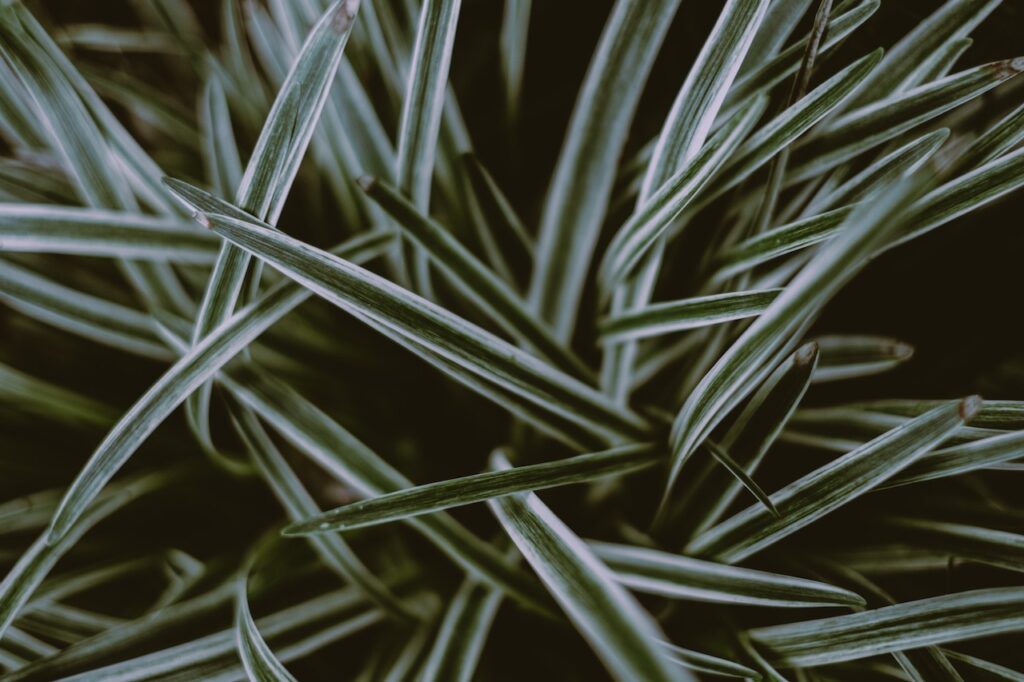
Willows are one of the toughest trees you can find, surviving in both wet boggy soil and also heavy clay. They are fast-growing trees so caution needs to be used but smaller cultivars like Salix caprea 'Pendula Kilmarnock' the weeping willow make a great addition to any sized garden. Small and well-behaved this tree will put up with the wettest of winters and has beautiful catkins in the late summer and autumn.
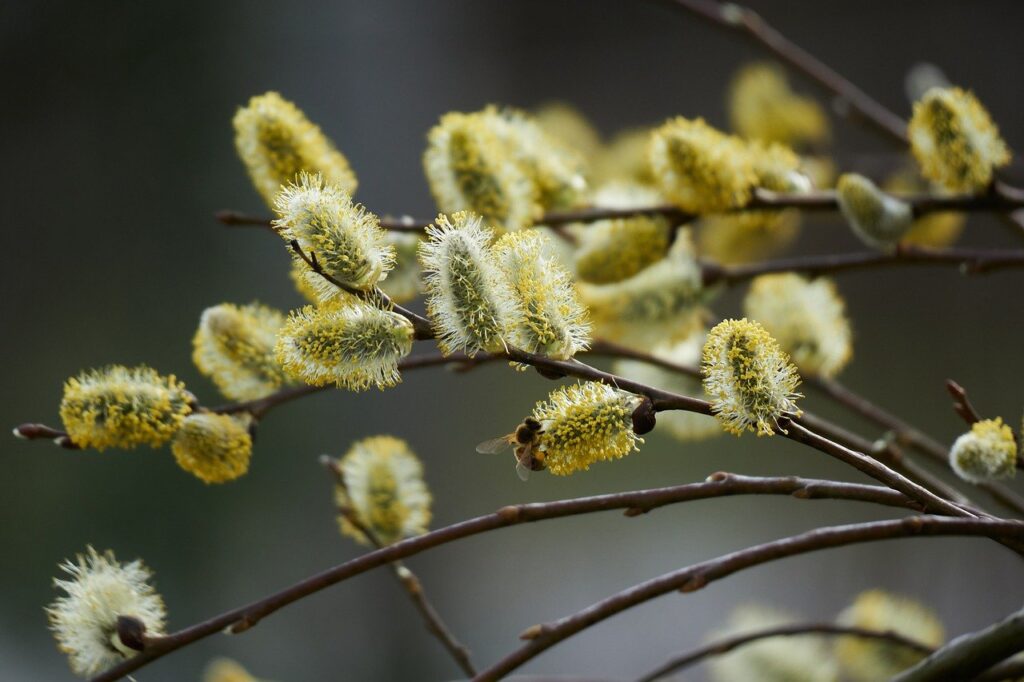
Its branches make great foliage for floristry and it can easily be propagated by hardwood cuttings placed straight into the ground to root showing just how tough this tree genus is!
Ivy or Hedera is a fantastic climbing plant to cover unsightly fences, and buildings or used as ground cover to out-compete weeds.
Ivy gets a bad rap for supposedly ruining brickwork and smothering trees. However, more recently this has been debunked as a myth. Ivy may reduce the vigour of a tree but is unlikely to kill it. Ivy offers a wonderful habitat for wildlife, insects and birds. It offers fruit in the winter during the scarce foraging season for birds and nectar for honey bees too!
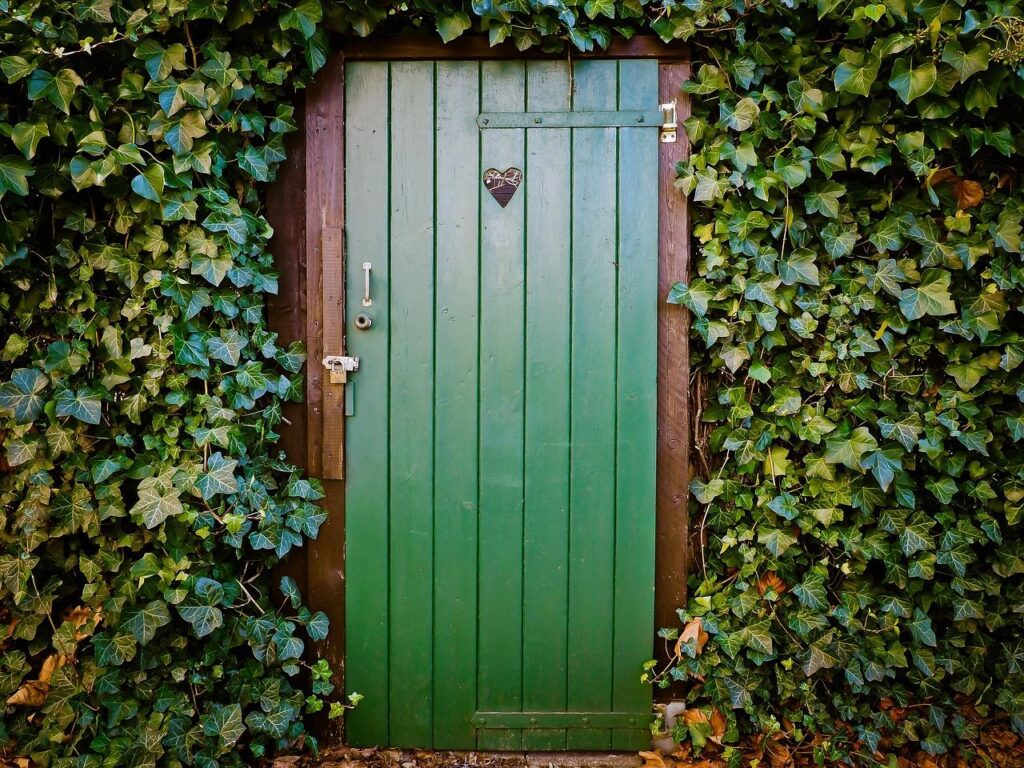
The only problem Ivy causes is getting into gutters or working its way into buildings eves, or those outbuildings in disrepair. But some light pruning each year or building maintenance will prevent this.
Clematis are fast-growing flowering climbers which will usually quickly scramble up any wall, fence or obelisk you put near them. Clematis montana is no exception as it's one of the fastest Clematis to quickly cover walls or lacklustre fence panels. It has a bright pink flower which the climber becomes smothered in. Easy to prune by cutting back 1/3 each year after flowering this is a really fast plant to establish. You can even use hedge sheers to cut them back after flowering and they won't mind!
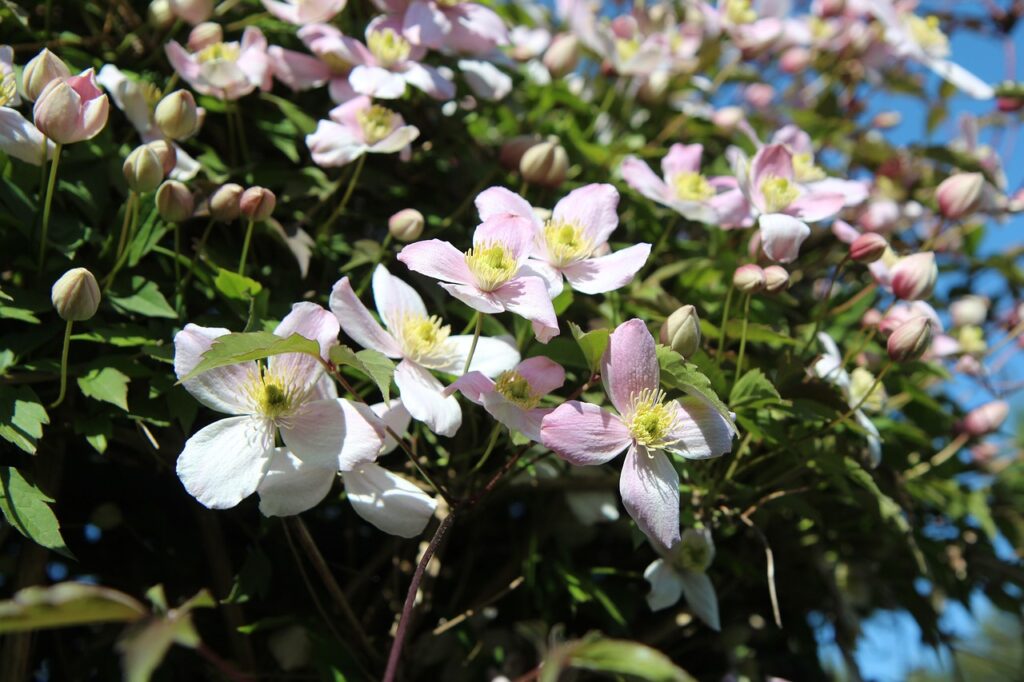
Sedum or Stonecrop are one of the most tolerant plants of neglect. They can survive extremes of temperature weather hot or cold. As long as they don't get waterlogged these evergreen ground cover plants will survive with zero maintenance or pruning. In fact, once they flower you'll see them start to pop up everywhere. Plants for free! That's why green roofs are often made using sedum along with gravel gardens as this alpine is bulletproof and slugs won't touch it!
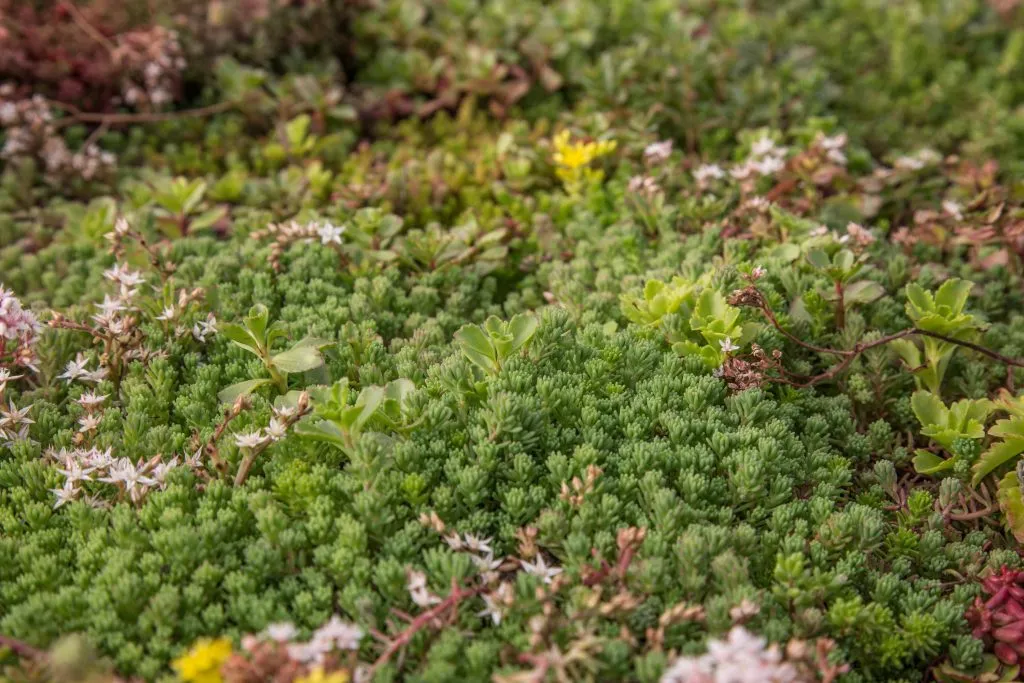
Fancy a perennial that flowers for 3 to 4 months of the year that snails leave alone and don't require any plant food? Then Geums are the ones to go for! Originally woodland plants newer cultivars like 'Totally tangerine' are some of the brightest and lowest fuss herbaceous perennials you can find. I've yet to meet anyone who has killed one!
They come in an array of bright colours from orange, to yellow, pink to red. A real pop of colours for both sun and part shade. Heavy clay or free-draining sandy soil.
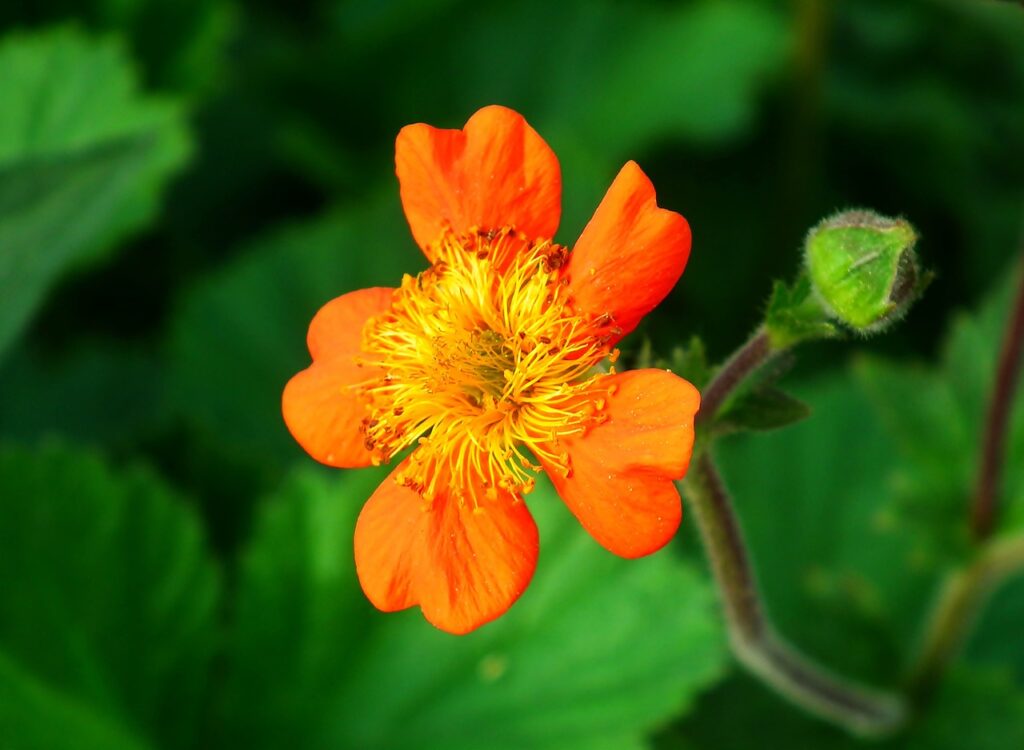
Cornus are fantastic hardy deciduous shrubs (those that lose their leaves over winter). They love clay soil and will rapidly grow to 6 ft tall in about two years from being planted. Not one for a small border this shrub is an excellent back of a big border filler plant. It's also one of the best winter shrubs as when it loses its leaves the stems in winter turn vivid greens, hot yellows or firey reds depending on the species. Super easy to propagate from hardwood cuttings too! So if you have a friend with one, just ask for a few cuttings and grow your own for free.
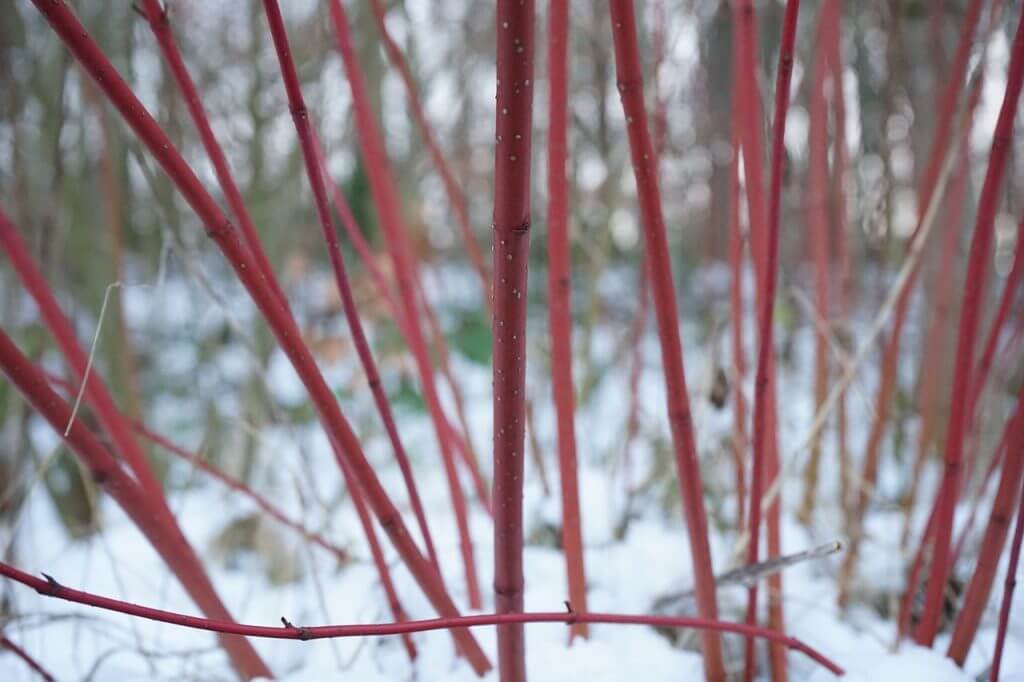
Euonymus is a fantastic tough shrub that comes in many colours and guides. There's one for every garden. Often called spindle, burning-bush, strawberry-bush, wahoo or wintercreeper this shrub will provide structure in any garden. Evergreen varieties are pretty much pest free and keep their form all year round. There are plenty of variegated versions (those with streaks of white or yellow within the leaf itself) for a two-tone effect.
Our native Euonymus europaeus is great for wildlife and has vivid pink flowers. Take care though as it does act as a refuge for overwintering insects and will attract aphids. Not a problem if you're creating a wildlife-friendly garden as these are a great food source for ladybirds and other predatory insects.
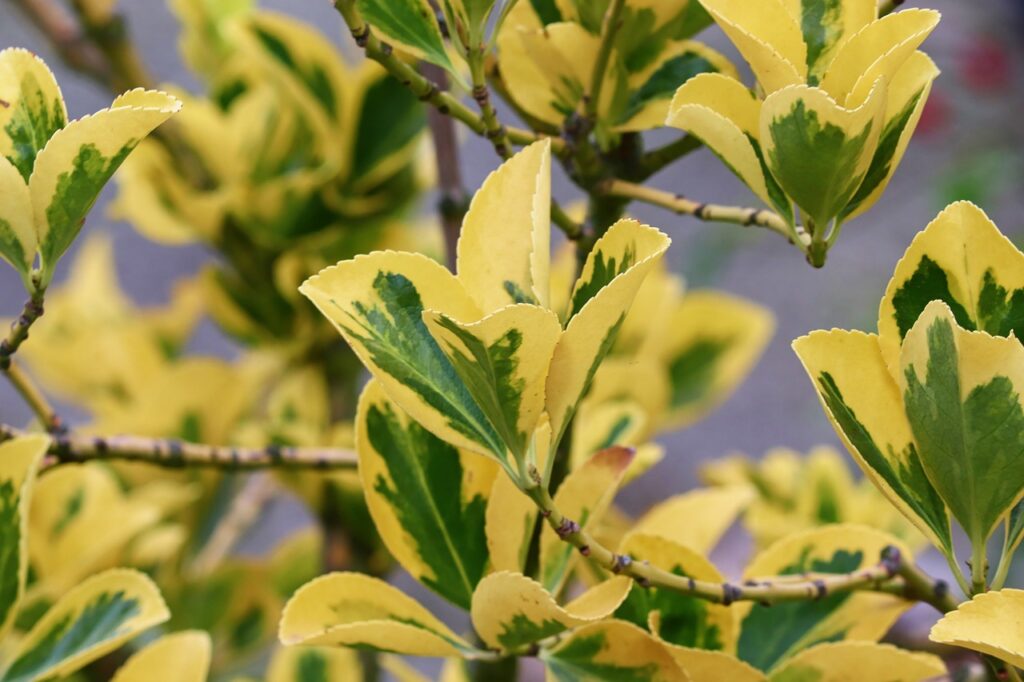
These prehistoric shade-loving plants are one of the toughest in the garden, provided you get them in the right place! Ferns rarely cope with full sun and nearly always need dappled shade. So if you've got a shady garden or areas shaded by fences, trees or buildings that are slightly damp then ferns should be your go-to!
Ferns such as Dryopteris, Polystichum and Asplenium provide year-round interest and texture in the garden. They propagate by spores which differs from flowering plants that produce seeds. Ferns produce spores as part of their life cycle. Ferns have specialized structures called sporangia located on the undersides of their fronds (leaves). These sporangia contain spores, which are tiny, single-celled structures.
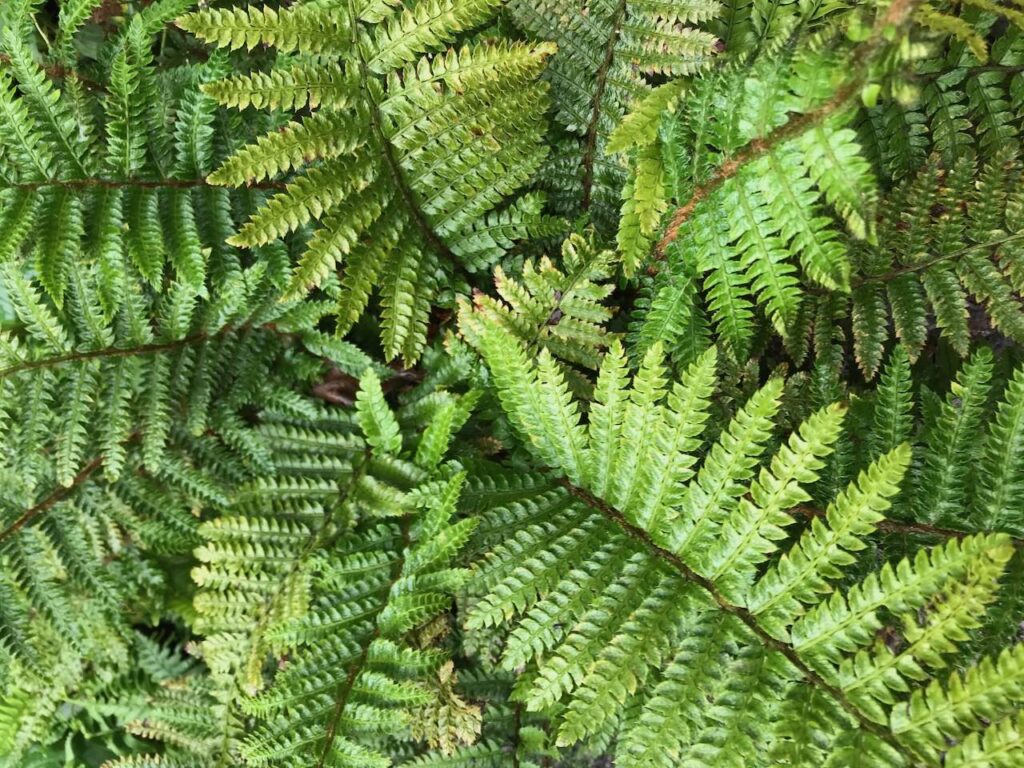
When conditions are favourable, the sporangia burst open, releasing the spores into the air. If a spore lands in a suitable environment with enough moisture and nutrients, it can germinate and grow into a new fern gametophyte. The gametophyte is a small, independent, heart-shaped structure that carries both male and female reproductive organs. When they get wet the sexual production is complete! Marvellous eh!
So when a number of ferns exist in one wet damp space you'll often after a few years find baby ferns emerging through spore reproduction!
Primroses are evergreen early spring flowering beauties that work well in the ground and also in containers for smaller gardens, window boxes or balcony gardening. Primroses are subtle and ask for very little in terms of care or maintenance. Come March or early Spring time these little ribbed leaf plants put out bursts of cream and pink flowers. Great for early pollen for honey bees emerging from hives and other insects.
If you have a very damp shady part of the garden then Primula vulgaris or Primroses will do exceptionally well. They quite happily self-seed everywhere and can be dug up and relocated if they become too successful!
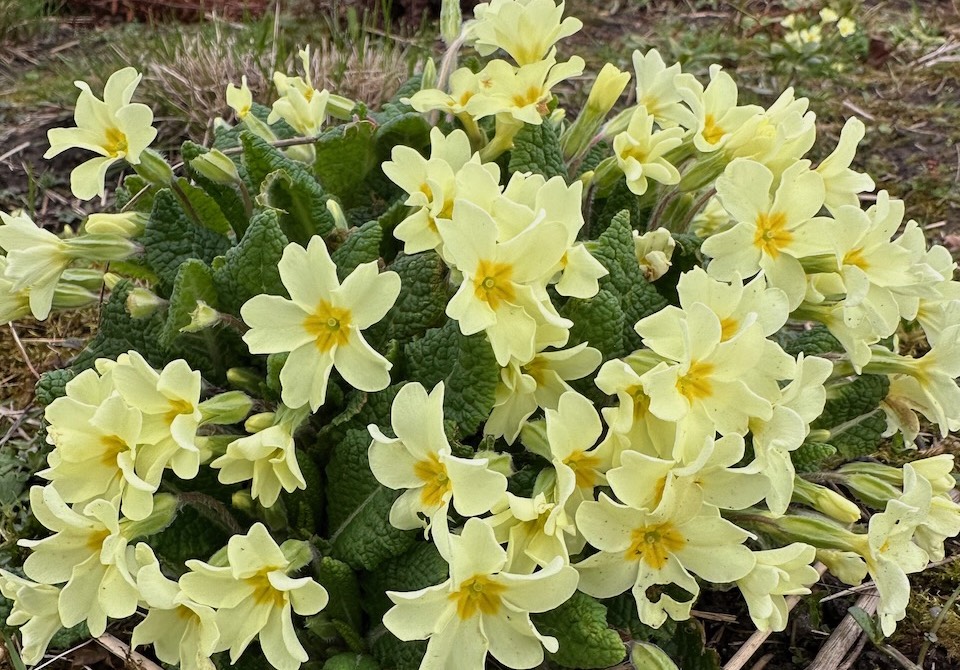
Crocosmia, sometimes known as Monbretia, are are a fabulous choice for a beginner or time-poor gardener. Why? Well, they are pretty much bulletproof and add both foliage with their large strappy leaves from May onwards in the garden before flowering from July to September. They are a great value plant that quite happily brings some height without any real maintenance.
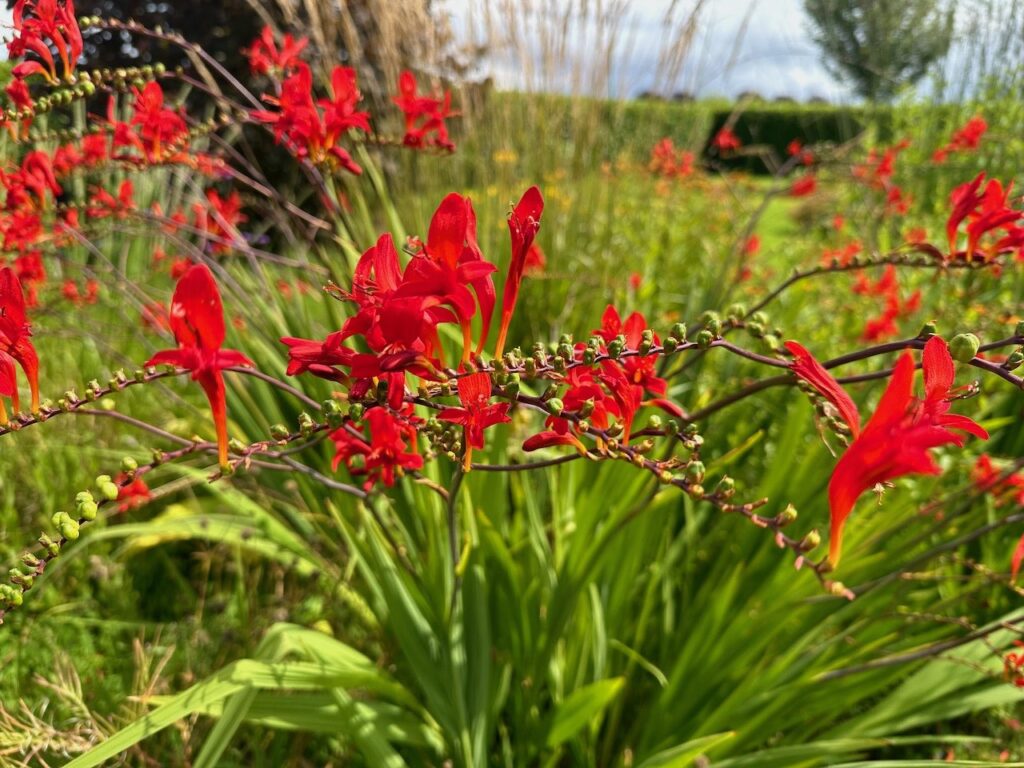
They grow from Corms (which are short, vertical, swollen underground plant stem that serves as a storage organ during winter a bit like a bulb but not quite). These little brown nodules can be bought cheaply and planted directly in the ground. The great thing with Crocosmia is they bulk up fast and can be easily split or divided.
By choosing super hardy plants you can ensure you spend more time learning and enjoying your garden rather than crying over failed plants. This ultimate list of plants that can't be killed will get your green fingers going no matter what size garden. The key with all plants is to water them well until they are established, ie actively growing and getting bigger. Usually, this is the first 2-4 weeks. After that relax and enjoy your garden!
Make sure you visit my Youtube channel, for more gardening guides. You can also check out my Tweet, Facebook or Instagram for more garden help and tips.
Happy gardening!



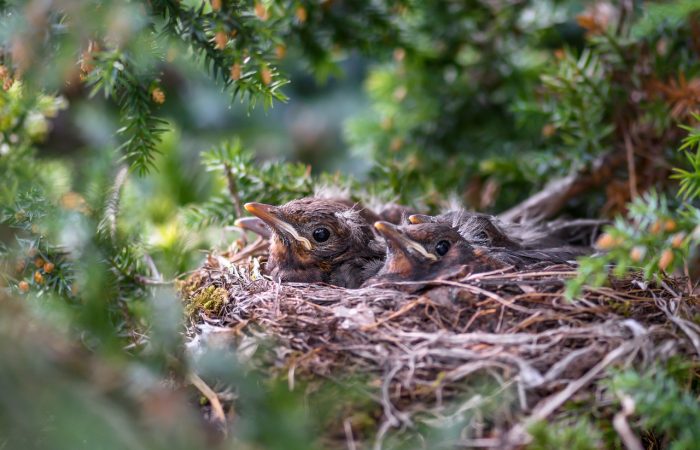
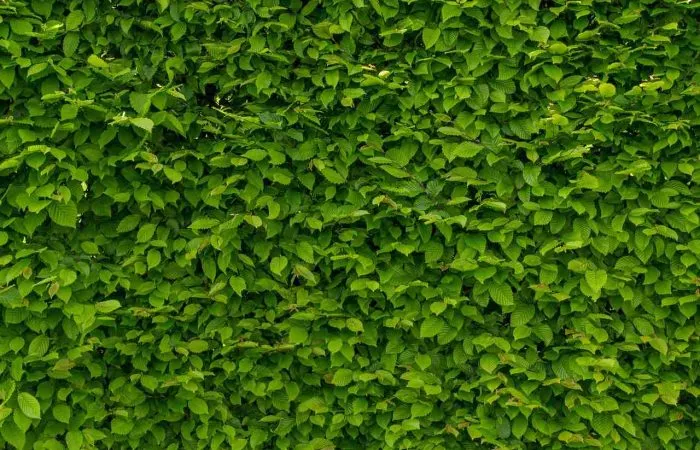
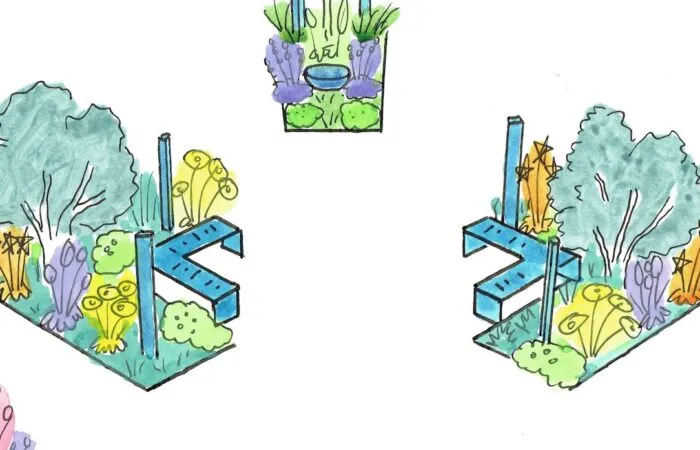
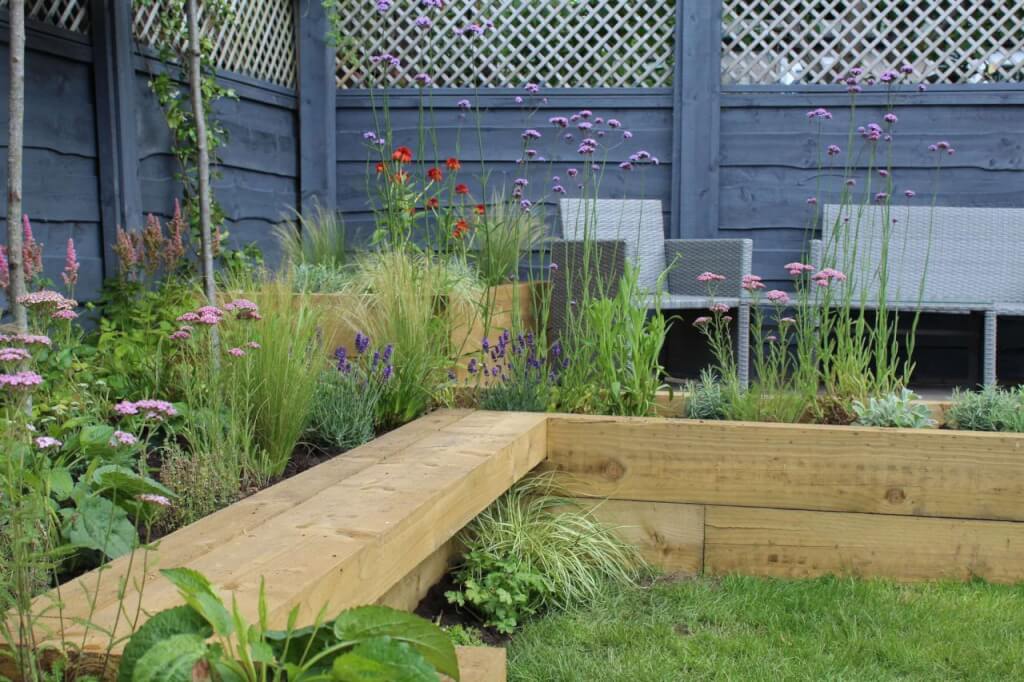
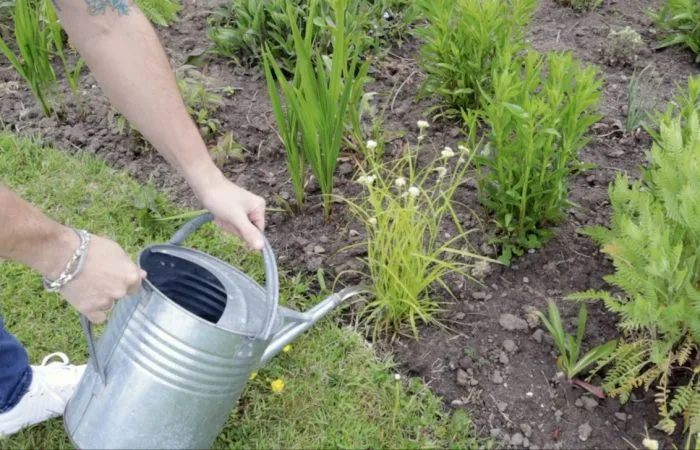


JOIN THE NINJAS
Join our Ninja community for extra guides & Discount Codes for Online Garden Courses!